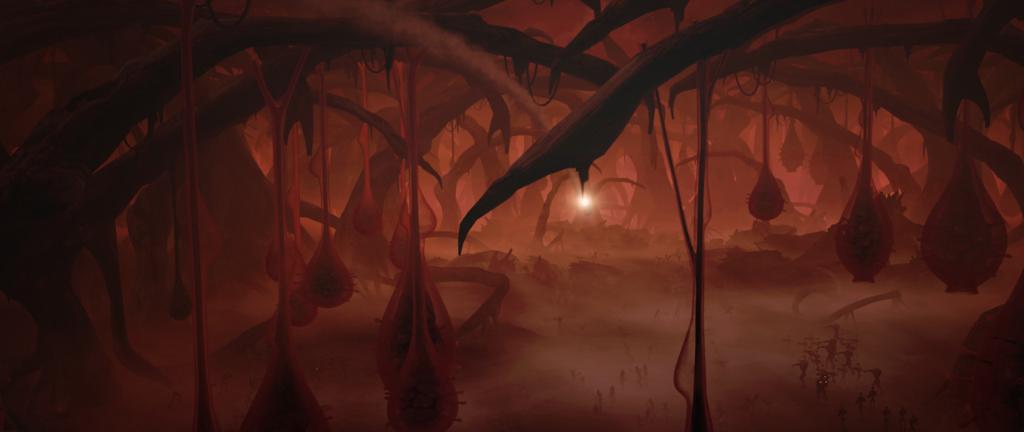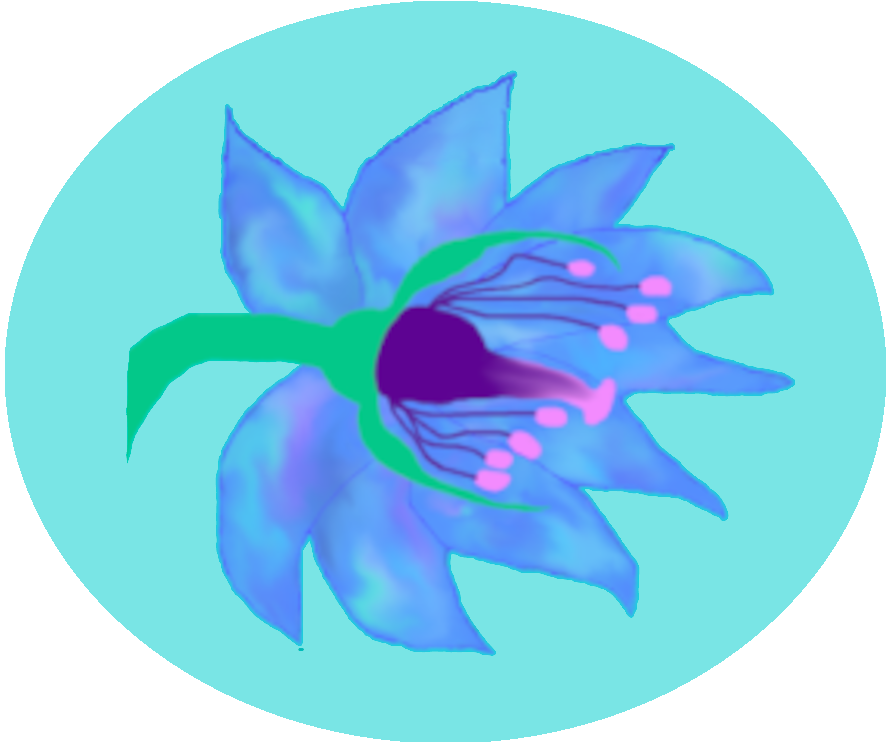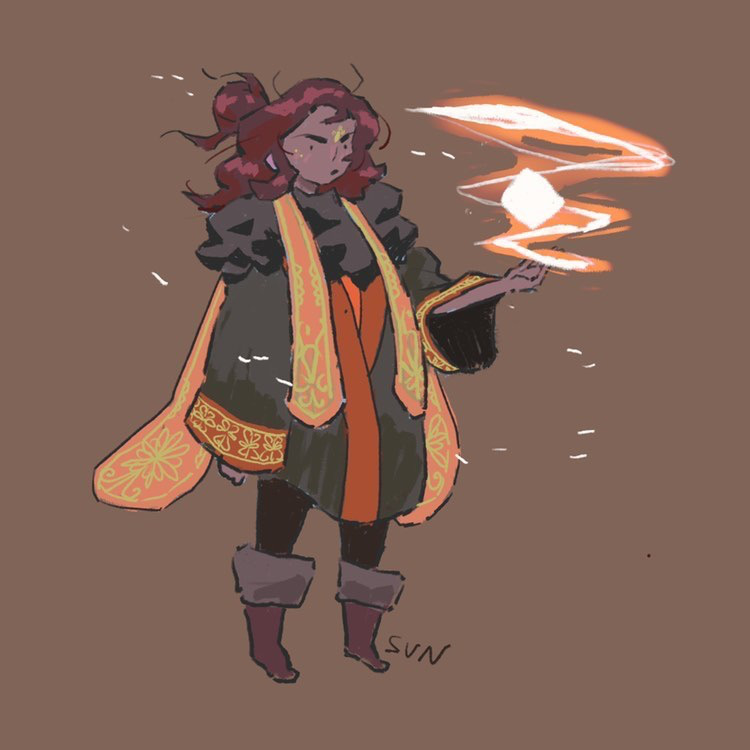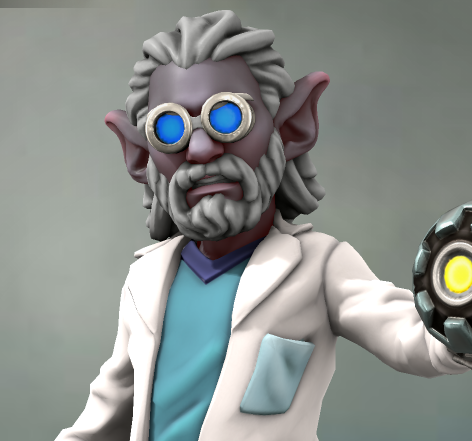Blood Wood
- The bloodwood tree
- The blood woods as a wooded area in the marsh
- The blood wood as kindling taken from the peculiar blood wood tree
Basic Information
Anatomy
Pods
In-the-place of leaves, blood woods grow green, porous and unappetizing beans on its branches, the weight of which drags the tree branches downwards into an umbrella shape.Blood Sap
The sap is the previous state the tree's bark salt existed before it was able to escape and dry in the open air. Special tree tappers, resistant to its corrosive effects, are used to collect low amounts at a time to sell as poisons and alchemical material.Biological Traits
Acidic Sap
The sap seeping through is so acidic, it supposedly burns the tree itself as it migrates out and hardens into the tree's bark, like a scab.Growth Rate & Stages
Sprout
Blood Wood is a slow growing tree. Its first beans will appear above the ground as a fused and hardened fist, raising no taller than a hand. All the while, its root system can take up a 30 feet radius in salty soil.Sapling
As a sapling, it is perpetually bowed in the direction of the sun with many pods forming on its thin trunk and even thinner branches. Its roots, in contrast, are thick and robust and circulating blood sap among its roots and the soil.Adult Tree
Nearing maturity, the blood wood experiences a growth spurt where the above ground sapling becomes the tip of the spear to cut the air. The truck that follows grows thicker and wider as time moves forward.As a result, it resembles something of a wonky pyramid-like cross section
Ecology and Habitats
Biological Cycle
Repetitive Motion
Unbidden, a blood wood tree sways to its own whims. The result of a repetitive and pulsing discharge between the bloody sap inside the tree and the salty bark that covers it outside. This is a type of natural circuitry understood and appropriated into the coven's legs to grant their walking movement. The tinges' house designs allow the matriarchs to control the coven's direction and speed by manipulating the bark salt into shift their concentrations within the bloodwood legs.Additional Information
Uses, Products & Exploitation
Bark Salt
Pod Spice
When the trees pods are mixed with foods and boiled together, they release a pungent seasoning that adds a significant spicy flavour that can overwhelm those unaccustomed to it. Locals take it as a test of endurance to eat the pods with everything else.However, biting into them causes an explosion of such bitterness that people can physically recoil and be put out of finishing their meal.
Blood Wood
Blood Wood is an exotic wood that only grows in the salty conditions in the marshes. Blood Wood gives extra flavor to meats that are cooked over its blood-fed fire.It has since gotten even rarer due to the invasion and competition of Grass Trees: another plant that can grow under salty conditions.
Geographic Origin and Distribution
The "Blood Woods" is also the name given to the forestry areas in the Marshes; which as one can discern, composes mostly of Blood Wood.
Symbiotic and Parasitic organisms
Other than humans peeling off its bark, the blood wood has no natural predators.
Civilization and Culture
Average Technological Level
Wightery
Wightery is the study of the dynamic motions that result between the interaction of bark salt and blood sap found in the Blood Wood. It is most infamously used to raise the tinge undead as the labour force that tend to Place of Orbit's food growing needs. It can take years before a corpse is ready to be reanimated, and takes no damage to the tree. Wights also form part of the personal attendants to the permanent and nomadic residents in the Brine Marshes. For the types of covens below, bloodwoods need to be carefully harvested as long unbroken trunks (to maintain the wightery effects); taking special care to avoid burns from the acidic sap.Common Customs, Traditions and Rituals
Tinged Funeral Rites
A common funeral tradition that involves preserving the corpse in the brine waters before placing them in bulbous pods of animal skin decorated with tassels, shells and bird bones. Then the bodies are hung from a Blood Wood in offering to the tree.In truth: it is most viable to trade the softer tissue in the body that nourishes its host tree; in exchange, the favoured salt slowly replaces parts of the skin and muscle to form a wight.
Events that use Blood Wood
Remove these ads. Join the Worldbuilders Guild














Hello! Thank you for this read. It is a weird and interesting plant, that brought me a few comments and questions. Firstly, why do the leave take this sort of bean shape? Is it because the plant does not need photosynthesis to grow? Is it because there is a ton of light around, or the photosynthesis is so efficient that there is no need for the plant to have a massive surface area to grow? Is it to store water? You mentioned that the plant does not have any predator, but also that a lot of lifeforms use it to obtain water. Don't they eat the plant then? Or do they simply drink water that has been filtered by the plant, on the ground? Finally, one small suggestion: you added a ton of links and article blocks toward other parts of your world, which is really great to incite people to explore that world by themselves. However, I feel like you should still add a tiny bit more text and information on this article itself: some definitions, things that can help understand the tree and make it able to stand more on its own as well. All in all, it is still a nice entry! Good job!
Hi, thanks for your questions. The first and second answers are related. The tree's environment is one where layers of sea salt are carried into the soil every year in salt storms. This forces a lot of plants to evolve saltwater tolerance. For the blood wood this involved absorbing copious amounts of salt into its leaves, which adapted to become dark pea sized bulbs that limited its ability to photosynthesize properly. In addition, this world's sun emits a violet hue, further limiting photosynthesis. Much of a plant's nutrition comes from the soil. Along with the salt, a lot of sea life are dredged from the ocean during storms and their battered bodies deposited into the ground to decompose and nutritionize the soil. Also, the tree's root systems have an incredible amount of surface area. So much so, that the water it filters is able to collect within the immediate soil the roots encircle and where small animals dig to drink the dirt. Most everything else about the plant is toxic in some way. It is not perfect though. They do not grow straight up like other trees. Their trunks are wider the closer to their roots and become progressively narrower the taller they grow, making it resemble an elongated pyramid. In addition, the tree has different bouts of periodic growth spurts and its life stages where it grows rapidly in one direction and by the next growth spurt, grows towards another direction; making it look crooked. And thanks for the suggestion. How do you think the article blocks look?
Thank you for these details. I understand better the physiology of the plant. I liked that idea of a somewhat crooked tree! I think you made a good use of the article blocks: since all the articles have a unique cover image, they act both as an illustration and as an introduction to the rest of the content. I'd still suggest you to add more info in the text itself, but you should definitely keep the article blocks that way!